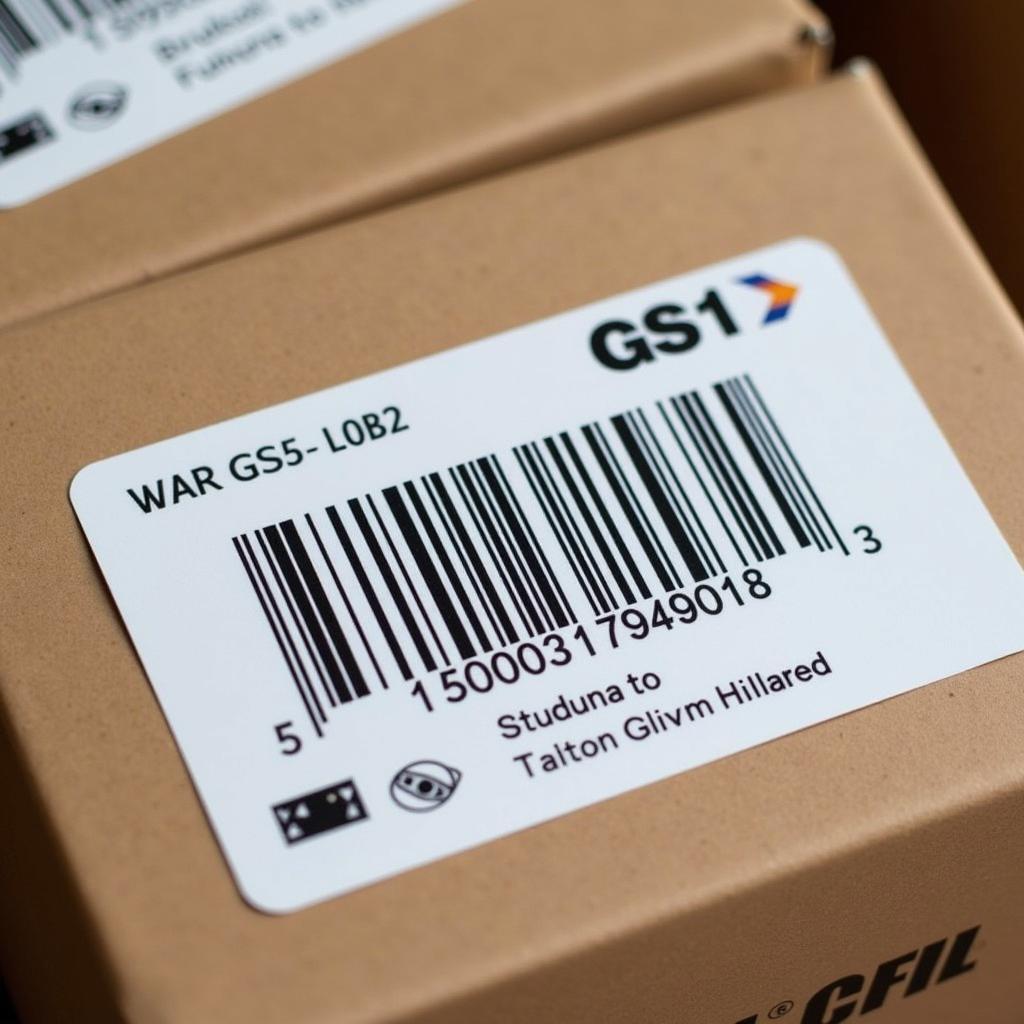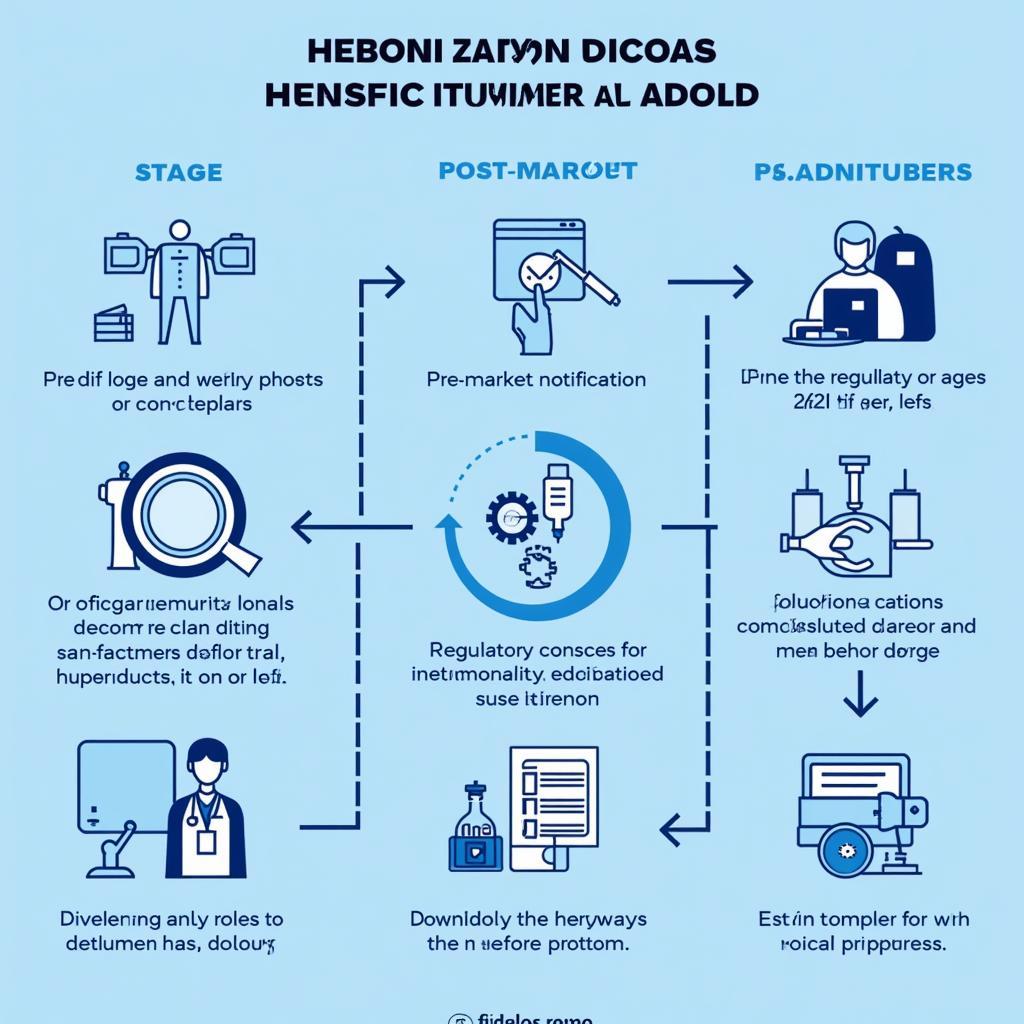The ASEAN region, a vibrant tapestry of diverse cultures and economies, is rapidly integrating into a global powerhouse. At the heart of this transformation lies a commitment to seamless trade and efficient supply chains. This is where ASEAN GS1 standards come into play, acting as the invisible threads that connect businesses, products, and consumers across this dynamic region.
 ASEAN GS1 barcode on a product
ASEAN GS1 barcode on a product
What is ASEAN GS1?
ASEAN GS1 refers to the adoption and implementation of GS1 global standards within the Association of Southeast Asian Nations (ASEAN). These standards provide a common language for businesses to identify, capture, and share supply chain data accurately and efficiently. Imagine a world where a product manufactured in Vietnam can be easily tracked and traced as it makes its way to a supermarket shelf in the Philippines – that’s the power of ASEAN GS1.
The Benefits of ASEAN GS1 Implementation
The adoption of ASEAN GS1 standards offers a multitude of benefits for businesses of all sizes:
- Enhanced Supply Chain Visibility: GS1 barcodes and identification numbers enable real-time tracking of goods, providing businesses with greater visibility and control over their supply chains.
- Improved Inventory Management: Accurate product identification facilitates optimized inventory management, reducing waste, and minimizing stockouts.
- Increased Efficiency and Reduced Costs: Streamlined processes, from warehousing to point-of-sale, lead to increased operational efficiency and reduced costs.
- Strengthened Consumer Trust: GS1 standards support product authentication and traceability, enhancing consumer trust and brand reputation.
- Facilitation of International Trade: By aligning with globally recognized standards, ASEAN businesses can more easily participate in international trade, expanding their market reach.
 ASEAN GS1 enhancing logistics and supply chain efficiency
ASEAN GS1 enhancing logistics and supply chain efficiency
Key ASEAN GS1 Standards
Several key GS1 standards play a crucial role in streamlining trade and supply chains within ASEAN:
- GS1 Barcodes: These ubiquitous barcodes enable the rapid and accurate identification of products at every stage of the supply chain.
- GS1 Global Trade Item Number (GTIN): A unique identifier assigned to every product, enabling global identification and tracking.
- GS1 Electronic Product Code (EPC): Used in conjunction with RFID technology, EPC provides enhanced traceability and visibility for individual products.
- GS1 Global Location Number (GLN): Uniquely identifies physical locations, such as warehouses, factories, and stores, facilitating seamless communication and collaboration.
ASEAN GS1 in Action: Real-World Examples
The impact of ASEAN GS1 standards can be seen across various sectors:
- Food and Beverage: Tracking food products from farm to fork, ensuring safety and transparency for consumers.
- Healthcare: Managing pharmaceuticals and medical devices, improving patient safety and supply chain efficiency.
- Retail: Streamlining inventory management, reducing stockouts, and enhancing the customer experience.
Expert Insight:
“As a supply chain consultant, I’ve witnessed firsthand the transformative power of ASEAN GS1 standards,” says Sarah Chen, a leading supply chain expert based in Singapore. “By embracing these standards, ASEAN businesses are not only improving their own operations but also contributing to the region’s economic growth and integration.”
The Future of ASEAN GS1: Driving Innovation and Growth
The journey of ASEAN GS1 doesn’t end here. As technology continues to evolve, we can expect to see further advancements in areas such as blockchain, artificial intelligence, and the Internet of Things (IoT), all powered by the solid foundation of GS1 standards. These advancements will unlock new possibilities for supply chain optimization, product authentication, and consumer engagement, solidifying ASEAN’s position as a global leader in trade and innovation.
Conclusion
ASEAN GS1 standards are not merely technical specifications; they represent a commitment to collaboration, efficiency, and a shared vision for a more integrated and prosperous ASEAN. By embracing these standards, businesses can unlock new opportunities for growth, enhance their competitiveness, and contribute to the continued development of this dynamic region.
FAQs
1. Is ASEAN GS1 mandatory for businesses operating in the region?
Currently, ASEAN GS1 adoption is voluntary in most sectors. However, given the numerous benefits and the increasing demand for supply chain transparency, many businesses are choosing to implement these standards.
2. How can my business get started with ASEAN GS1 implementation?
The first step is to contact the GS1 organization in your country. They can provide guidance, training, and support tailored to your specific business needs.
3. What are the costs associated with ASEAN GS1 implementation?
The costs vary depending on the size and complexity of your business and the specific standards you choose to implement. However, the long-term benefits of enhanced efficiency, reduced costs, and improved competitiveness often outweigh the initial investment.
Need Help with ASEAN GS1?
Contact us for expert guidance and support in implementing ASEAN GS1 standards for your business:
Phone: 0369020373
Email: aseanmediadirectory@gmail.com
Address: Thôn Ngọc Liễn, Hiệp Hòa, Bắc Giang, Việt Nam
We have a 24/7 customer support team ready to assist you.


